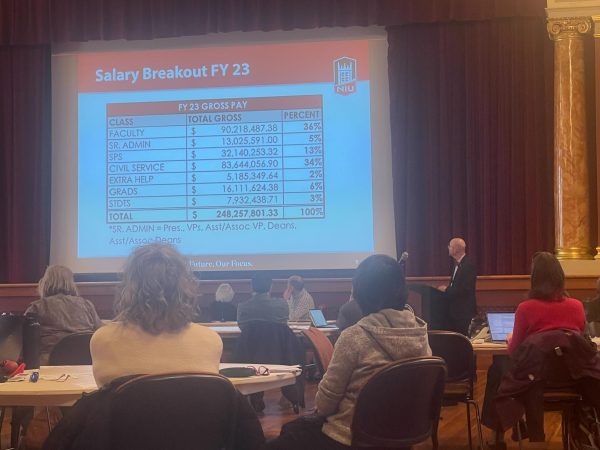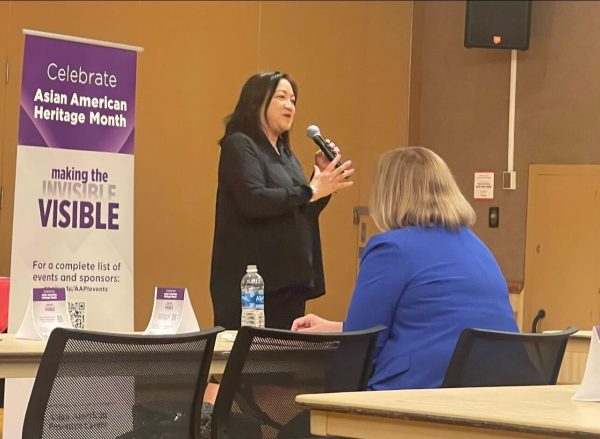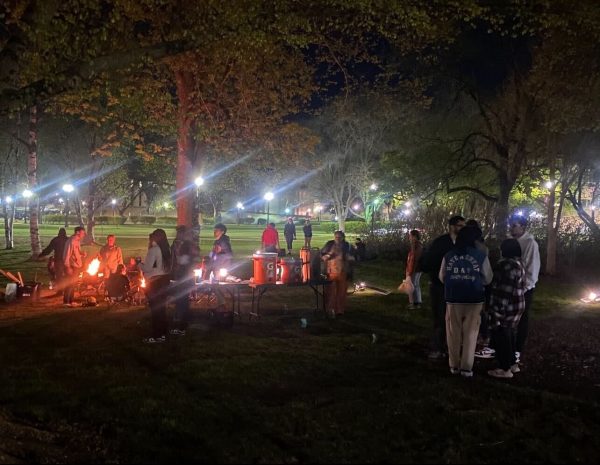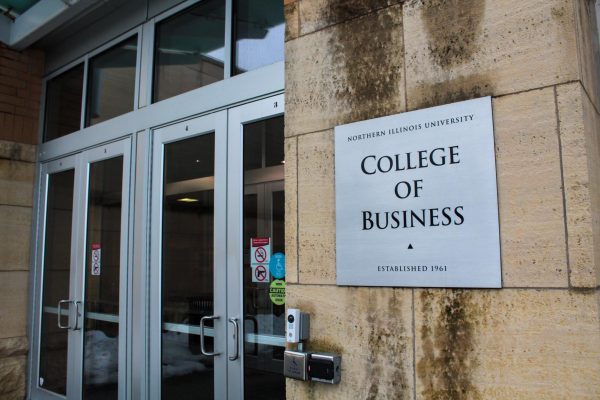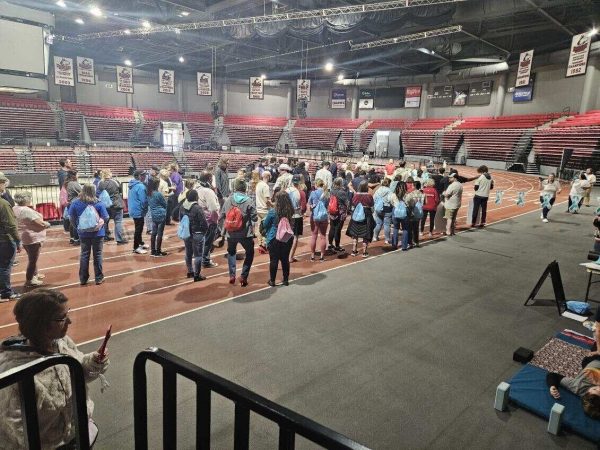Student Association changes to 5 districts
April 12, 2018
DeKALB — The Student Association Senate now has five districts.
There were 566 less students living in residence halls from spring 2017 to spring 2018, according to enrollment data released by the university in February. District 3 will now represent students living east of Annie Glidden Road and north of Hillcrest Road. Students living south of Hillcrest Road will be considered District 4. District 5 will represent commuting students and any student who lives south of Interstate 88.
“One of the problems that we had in the last couple of years is we had a large percentage of students in District 3,” said SA Senate Speaker Christine Wang.
Wang said what is now District One used to be two separate districts representing those living in the residence halls. With a drop in the population of students living in residence halls, SA decided to put them into one district.
The Senate voted to redistrict during a Nov. 12, 2017, senator meeting because of a shift in the population of the student body.
“The most recent election has shown that the population of the student body has shifted to a greater presence off-campus, particularly in the area east of Annie Glidden Road and north of I-88 but still within the DeKalb city limits,” according to the legislature in the agenda for the Nov. 12, 2017, SA senate meeting.
The spring 2017 election was competitive in the former district three, but districts two and four went uncontested, according to the Nov. 12, 2017, SA senate meeting agenda. The goal in splitting up the districts is to create a better representation of the student body.
“We weren’t getting people to fill up all of the districts,” said SA President Rachel Jacob. “We wanted to have more representation. Districts 1 and 3 were always more competitive.”
Along with District 3 being split in half, there will be seven senators per district in the spring with the allowance for an eighth to be elected as an at-large candidate in the fall.
“We wanted to break it up a little more just so we can get more senators, and commuter students have a hard time joining senates,” Jacob said. “Some districts might only have three people running and some would have 20. It was more of a logistical thing. Realistically, it was to make sure we had as many senators as possible so we wouldn’t have to do a bunch of special elections or have more senators at large.”





